Much has already been written about the Coronavirus Aid, Relief, and Economic Security (CARES) Act, the $2.2T emergency aid package signed into law on March 27. What seems to be getting the lion’s share of headlines are the recovery rebates that will soon be sent to qualified individual taxpayers. But for small businesses and independent contractors, among others, now struggling by virtue of the pandemic, the Paycheck Protection Program (PPP) is another of the CARES Act offerings that should be top of mind.
Here, Michelman & Robinson answers some of the questions you may have about the PPP.
Q. Big picture, what is the PPP?
A. It is not surprising that unemployment rates have spiked as a result of the COVID-19 crisis. Given the government-mandated closures of countless non-essential businesses, as well as the overall economic hit businesses, large and small, are taking because of the outbreak, more and more employers are laying off, or otherwise furloughing, employees at an alarming rate.
The federal government—in an attempt to help small businesses and other covered entities stay afloat, and to incentivize them to keep employees on their payrolls despite coronavirus-related declines in business—has created the PPP. By way of this program, which has been designed to cover an employer’s payroll expenses for up to eight weeks, loan guarantees are being offered through the Small Business Administration (SBA) and its partner banks. It gets even better. If a borrower, among other things, retains its employees at a headcount and salary levels comparable to those prior to the pandemic, these PPP loans are forgivable. Also, pursuant to the PPP, all SBA fees are waived (as are collateral and personal guarantee requirements) and loan payments, if not forgiven, can be deferred for up to a year.
Q. What types of entities can qualify for a PPP loan?
A. First and foremost, small businesses—those with less than 500 employees—that have realized losses or otherwise been negatively impacted because of the coronavirus.
Certain non-profits, veterans’ organizations, small tribal businesses, sole proprietorships, independent contractors, and self-employed individuals are eligible for PPP loans as well. For some businesses having several different franchises and an aggregate of employees reaching well beyond 500 (read: restaurants and hotels), PPP loans can be obtained by particular locations having less than 500 workers.
Q. When will PPP loans be available?
A. Qualifying borrowers can apply now, except for independent contractors and those that are self-employed, who cannot submit applications until April 10. The window to apply for a PPP loan closes for everyone on June 30.
Q. How involved is the PPP application process?
A. Not very. The PPP application is a rather straightforward form found here. Of course, applicants must also provide supporting documentation, such as their last 12 months of payroll reports from the IRS (which include information on gross wages, state and local taxes, vacation pay, and so forth).
Borrowers can apply for PPP loans at any participating SBA 7(a) lender or through any federally insured depository institution, federally insured credit union, or Farm Credit System institution.
Q. How much can a small business or other eligible entity borrow?
A. The short answer is up to 250% of their average monthly payroll in 2019, with loans capped at $10M each. And if at least 75% of the borrowed funds are spent on payroll, the borrower will be eligible for loan forgiveness.
Q. How are monthly payroll expenses calculated for purposes of PPP loans?
A. Would-be borrowers can include the following when calculating their monthly payroll expenses: salaries, wages, commissions, cash tips, and the like; costs associated with paid vacations and family, medical, and sick leave; sums associated with employee dismissal or separation; payments for group health-care benefits, including insurance premiums; payment toward employee retirement benefits; and payment of state and local taxes on employee compensation.
Q. Are there any specific costs that cannot be considered by borrowers when calculating average monthly expenses?
A. Yes, the following expenses are not to be factored into the average monthly expense calculation: compensation above $100,000 per employee; federal payroll taxes and income taxes withheld on wages; compensation paid to employees whose principal residence is outside the U.S.; payments for sick and family leave covered under the Family First Coronavirus Response Act; and loan payments associated with another SBA loan program (where the borrower uses those loan proceeds for payroll expenses).
Q. What can PPP loan proceeds be used for?
A. Borrowers are allowed to earmark PPP loan proceeds for salaries, commissions, and the like; group health-care benefits and insurance premiums; mortgage interest payments (though prepayment fees or payment of principal is not allowed); rent; utilities; and certain interest on other debt obligations.
Businesses that have committed to an Economic Injury Disaster Loan (EIDL) between February 15 and June 30, 2020 are allowed to refinance those EIDLs into PPP loans, and any outstanding loan payments can be added to their payroll expenses.
Q. Under what circumstances will the SBA forgive a PPP loan?
A. To qualify for loan forgiveness, borrowers must use at least 75% of the loan proceeds to cover payroll costs (as set forth above); 25% of the loan amount can go to mortgage interest, rent, and utilities.
Note that borrowers can offset no more than eight weeks of eligible payroll expenses, and for their loans to be forgiven, borrowers must retain employees at their pre-pandemic salaries (or a comparable level). In terms of the latter requirement, borrowers have until June 30, 2020 to restore their full-time employment and salary levels for any staffing changes made between February 15 and April 26.
To be approved for loan forgiveness, borrowers must submit an application and supporting documentation to their lenders verifying certain items such as the number of employees on payroll; compensation levels; mortgage interest, rent, and utility payments; etc.
Q. What if a borrower does not abide by the requirements for loan forgiveness?
A. Any portion of loan proceeds not forgiven because they went toward expenses not contemplated above will convert to a loan repayable to the SBA within two years at a top interest rate of 1%. In such a circumstance, borrowers will not incur loan fees or prepayment penalties.
Q. Anything else that borrowers should know about PPP loans?
A. Yes, businesses that obtain PPP loans are not eligible for the Employee Retention Credit or the deferment of payment of employer payroll taxes authorized by the CARES Act.
Most importantly, only $349B has been set aside for PPP loans. Given the overwhelming demand and likelihood that the program will be oversubscribed, and because proceeds are being made available on a first-come, first-served basis, those interested should apply as soon as they can.
This blog post is not offered, and should not be relied on, as legal advice. You should consult an attorney for advice in specific situations.

